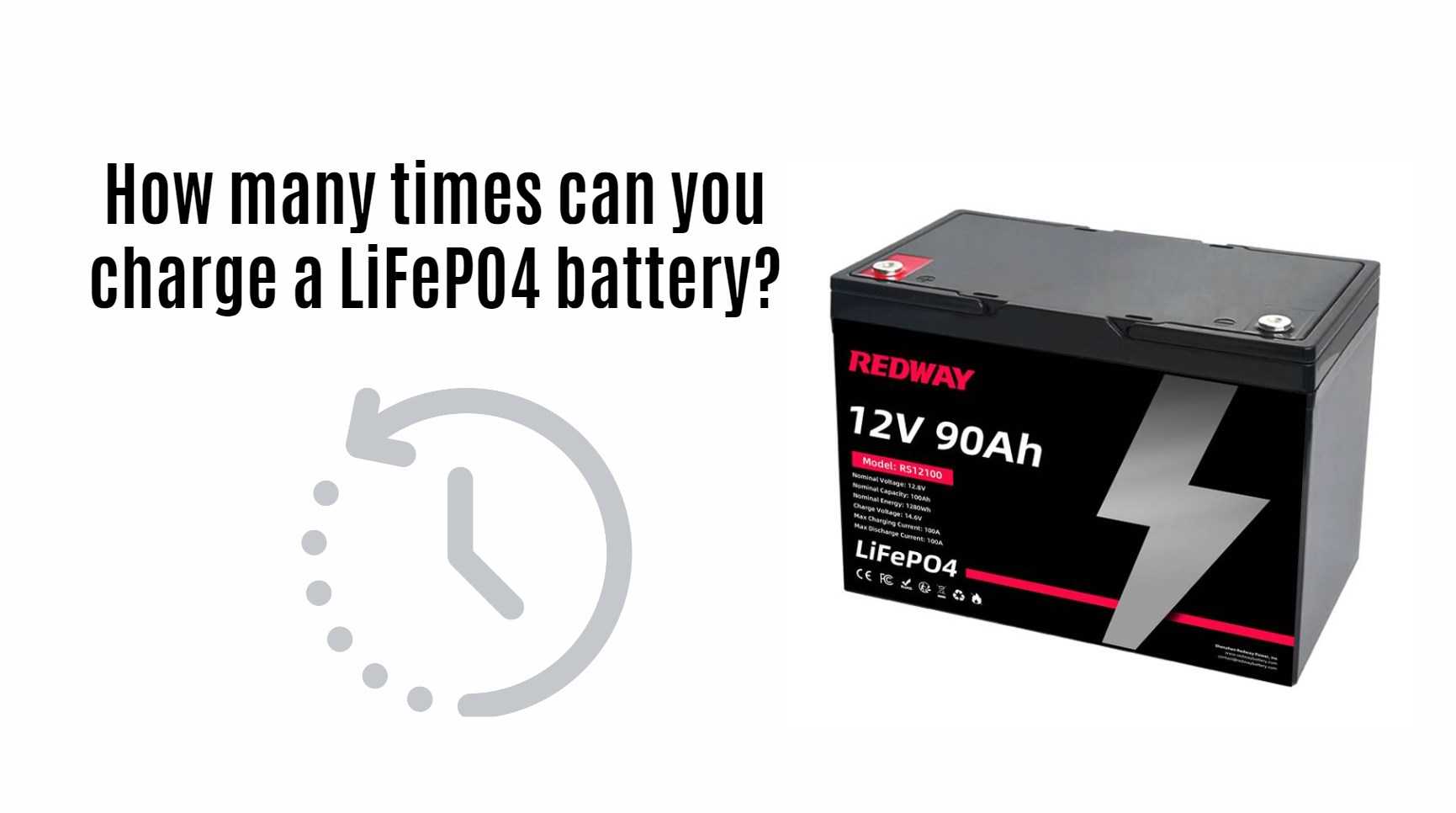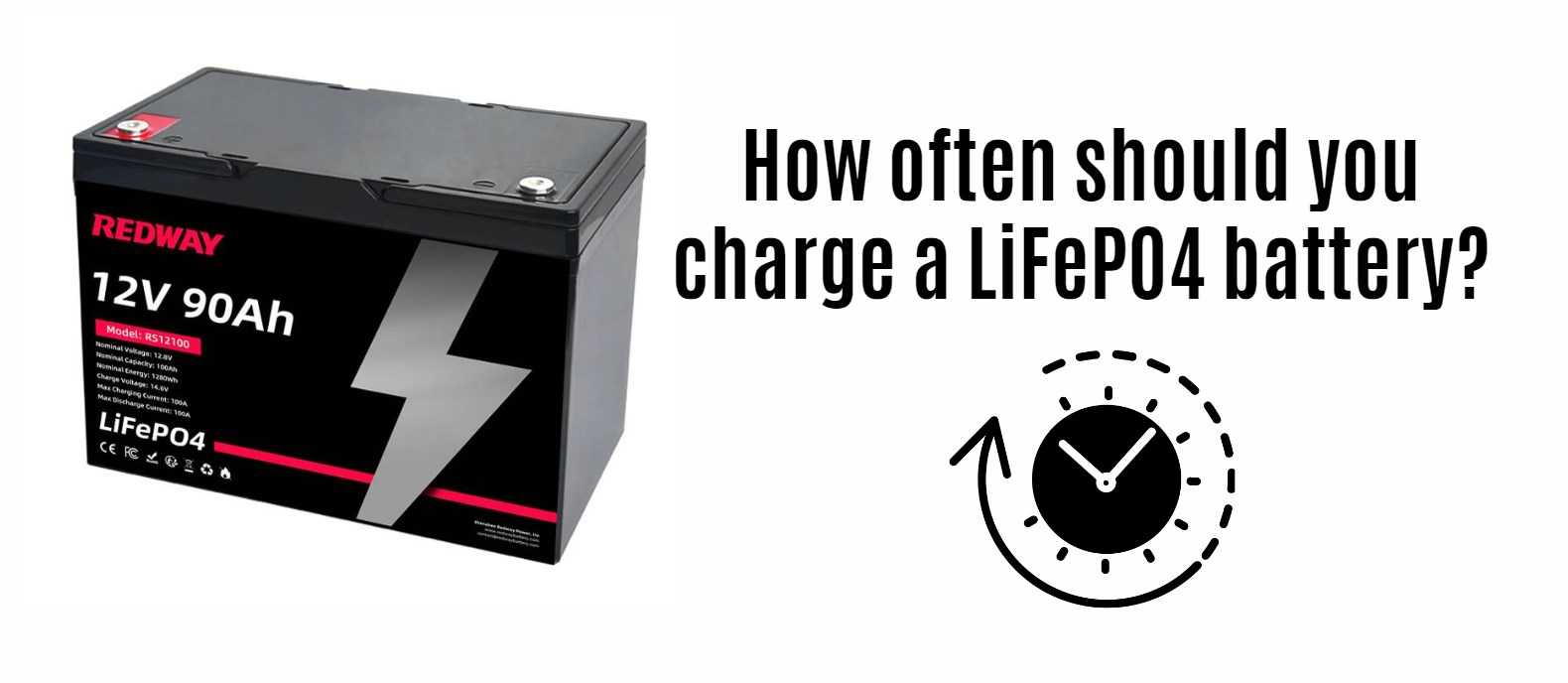When considering energy storage solutions, understanding the charging cycles of a LiFePO4 battery (Lithium Iron Phosphate) is crucial for optimizing performance and longevity. This article will explore the number of charge cycles a LiFePO4 battery can undergo, factors influencing its lifespan, and best practices for maximizing its efficiency.
Understanding Charge Cycles
What is a Charge Cycle?
A charge cycle refers to the process of charging a battery from a fully discharged state to its full capacity and then discharging it back to a predetermined level. For LiFePO4 batteries, one complete charge cycle can be defined as:
Wholesale lithium golf cart batteries with 10-year life? Check here.
- Charging from 0% to 100%
- Discharging back to 0% or a specific depth of discharge (DoD)
Typical Lifespan of LiFePO4 Batteries
LiFePO4 batteries are known for their impressive longevity compared to other lithium-ion batteries. On average, a well-maintained LiFePO4 battery can endure:
- 2000 to 3000 charge cycles at an 80% depth of discharge
- Up to 5000 charge cycles at a 50% depth of discharge
This extended lifespan makes LiFePO4 batteries particularly attractive for applications requiring frequent cycling, such as solar energy storage systems, electric vehicles, and backup power solutions.
Want OEM lithium forklift batteries at wholesale prices? Check here.
Factors Influencing Charge Cycles
Several factors can influence the number of charge cycles a LiFePO4 battery can achieve:
1. Depth of Discharge (DoD)
The depth of discharge significantly impacts the lifespan of any battery. For LiFePO4 batteries:
-
80% DoD: Typically allows for around 2000 to 3000 cycles.
-
50% DoD: Can extend the lifespan up to 5000 cycles.
By limiting how much you discharge the battery before recharging, you can significantly increase its overall lifespan.
2. Charging Practices
Proper charging practices are essential for maximizing the number of charge cycles:
-
Use Quality Chargers: Always use chargers specifically designed for LiFePO4 technology to ensure safe and efficient charging.
-
Avoid Overcharging: Overcharging can lead to thermal runaway and damage the battery.
-
Temperature Management: Charging at extreme temperatures can affect performance and longevity. Ideally, keep the battery within a temperature range of 20°C to 25°C during charging.
3. Quality of the Battery
The quality of the individual cells within the battery pack also plays a crucial role in determining lifespan. High-quality LiFePO4 batteries from reputable manufacturers will typically offer better cycle life compared to lower-quality alternatives.
4. Environmental Conditions
External conditions such as humidity and temperature can impact battery performance:
- High temperatures can accelerate degradation.
- Extremely low temperatures may reduce capacity temporarily but do not typically harm the battery in the long term.
Calculating Expected Lifespan Based on Usage
To estimate how long your LiFePO4 battery will last based on your usage patterns, consider the following scenarios:
Scenario 1: Daily Cycling with 80% DoD
If you use your 100Ah LiFePO4 battery daily with an 80% DoD:
-
Estimated Cycles: ~2000
-
Total Lifespan: Approximately 5.5 years (assuming one cycle per day)
Scenario 2: Weekly Cycling with 50% DoD
If you use your battery weekly with a 50% DoD:
- Estimated Cycles: ~5000
- Total Lifespan: Approximately 10 years (assuming one cycle per week)
Data Chart: Comparison of Charge Cycles Based on Depth of Discharge
| Depth of Discharge (DoD) | Estimated Cycle Life | Usable Capacity (Ah) | Total Energy (kWh) |
|---|---|---|---|
| 100% | ~1000 cycles | 100 | 1.2 |
| 80% | ~2000 cycles | 80 | 0.96 |
| 50% | ~5000 cycles | 50 | 0.6 |
Latest News on LiFePO4 Battery Technology
As of October 2024, advancements in lithium battery technology continue to evolve rapidly:
Enhanced Energy Density and Cycle Life
Recent innovations have led to improvements in energy density for LiFePO4 batteries, allowing them to store more energy without increasing size or weight significantly.
Integration with Smart Technologies
Newer models now feature integrated smart technology that allows users to monitor performance via mobile apps, providing real-time data on charge levels and health status.
FAQs About Charging LiFePO4 Batteries
1. Can I fully discharge my LiFePO4 battery?
While it is technically possible, regularly discharging your battery fully is not recommended as it can shorten its lifespan.
2. How do I know when my battery needs charging?
Monitoring systems or BMS (Battery Management Systems) typically provide real-time data on state of charge (SoC).
3. What happens if I overcharge my LiFePO4 battery?
Overcharging can lead to overheating and potential damage or failure of the battery.
4. Is it safe to leave my LiFePO4 battery on charge overnight?
Yes, provided you use a quality charger designed for LiFePO4 batteries that includes overcharge protection.
Conclusion: Maximizing Charge Cycles for Your LiFePO4 Battery
In conclusion, a well-maintained LiFePO4 battery can provide an impressive number of charge cycles—typically between 2000 and 5000, depending on usage patterns and depth of discharge. By following best practices related to charging, monitoring temperature conditions, and selecting high-quality batteries, we can optimize both performance and longevity for various applications ranging from solar energy systems to electric vehicles.At Redway Battery, we specialize in manufacturing high-quality lithium LiFePO4 batteries tailored to meet diverse needs across various applications. For quick quotes on custom solutions or wholesale inquiries, feel free to contact us today!







